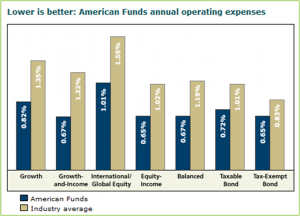Online Strategy Challenges
“All the things I thought I knew, I’m learning again.”
– Don Henley
That quote came to mind in a recent discussion with an ex-head of global e-Business. Over thirty minutes, we discussed the most critical challenges involved with improving an asset manager’s online presence. We didn’t dwell on technology, budgets, staffing, or politics – though issues in those areas exist. No doubt: it’s a tough job.
We focused on two specific challenges. Rather than recap, I’ll give a suggestion to each challenge.
- Simplify, simplify, simplify: Naturally, we expect others understand as much as we do. Time and time again that ruins communications. This is often true in e-Business. People rising to senior levels of e-Business have worked with the Web for 10+ years and know about the cutting-edge. Their peers do not. I suggest learning your peers’ knowledge levels and appetite for cutting-edge technology before communicating Web strategy and vision. And most likely there will be numerous levels and appetites. It can be humbling but effective. This approach means different decks and different communication approaches.
- Avoid the black box: Web sites can take a long time to build. After gathering support and organizational buy-in, the firm may spend up to one year developing the site. I suggest building a baby-steps approach. Well-planned, monthly releases are effective. Seeing progress builds comfort and confidence throughout the company.
While neither is revolutionary, I believe they’re crucial to successfully launching (or re-launching) a Web site and probably for most projects that span different parts of the company.






